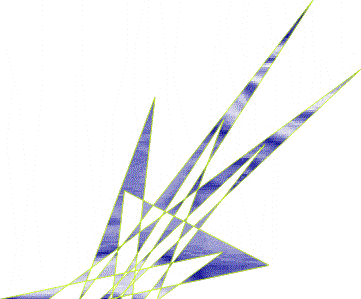| Home | Institutes | Experiments | Miscellaneous |Physics Today for Physics Tomorrow|
| My CV | List of publications |
![]()
Physics Today
for
 Physics Tomorrow
Physics Tomorrow
an interactive journey through modern physics, educational modules and simulations
 Physics related Java Applets :
Physics related Java Applets : 
| TipTopVLAB | Physics 2000 | Physlets | Interactive simulations | citelab | Exploratorium |
Education | Ontario Science Center | France Science Center | Nobel e- museum |
PhysLINK - The Ultimate Physics Resource | The Science Club |
![]()

Creative Laboratory
This project promotes initiatives to attract youngsters, between the ages of 9 and 18 years, interested in science and technology. Their consideration should not only be motivated by the curiosity of learning new things, clear phenomena, understand mechanisms, but also by the desire and the pleasure of creating or inventing something new and genuine.
Introduction
The history of science and technology holds a wide line of examples of great characters that manifested their creativity since their youth in a lively manner.
In most of the cases, that interest consisted of having a self-motivated extracurricular activity within the special boundaries of a personal and "ad-hoc" laboratory. In this environment, the "mini-researchers" harmoniously combined their fantasy with a great pleasure for creating, discovering or inventing new gadgets.
The Creative Laboratory’s goal would be exactly the one of hosting opportunities for activities similar to the ones having existed in the personal laboratories of those people who later became great personalities in science and technology.
Short Project Presentation
Physics, Chemistry, and Electronics are the targeted realms, where we would like to concentrate our focus. The workspace would be designed in such a fashion that in a group of ten to twenty, the students should be able either to realize demonstrative experiments imagined by them, or to create, test and experiment with genuinely created instruments or devices .
The laboratory would provide non-assembled components and essential parts or tools (e.g. electronics, mechanical devices, special interfaces, computers, chemical substances, etc ). Small groups or individuals would independently utilize available devices to build and experiment, under the indirect supervision of a small number of instructors.
The instructors should never directly demonstrate or construct devices for the youngsters, the supervision should show, at all times, educational and scientific tact, in order to drive youngster initiatives. In all likelihood, the instructors are directly responsible for safety issues, too.
Motivation
A large number of today’s young are very interested in knowing, explaining and understanding science in general. However, there might be a smaller number of individuals who also have a very strong desire to discover and/or invent new things on their own. A special pleasure and passion, for science and technology, is driving that desire.
In our society, where science and technology play a more and more active role, the importance of creativeness, the passion for accumulating knowledge, is growing every day.
The growing number of newly created R&D departments and their enterprise emphasis simply shows that fact. Creativity and innovation are main drivers in the R&D departments. The research is conducted in specific and adjacent domains, as well. Besides, the inter-disciplinary focus is also gaining importance. Cross-specialization is praised by many leading edge companies.
The early familiarization with one or many scientific and technical domains can shape one's intuition and way of thinking in a very deep way. Those "shapes" make possible future important developments and significant advances of such "self-trained" people.
The Creative Laboratory would thus provide an ideal medium for allowing the curiosity and creativity of children to flourish.
I will be very glad to have your comments
Florian Nichitiu
Email: nichitiu@sympatico.ca
![]()
| Home | Institutes | Experiments | Miscellaneous |Physics Today for Physics Tomorrow|
| My CV | List of publications |